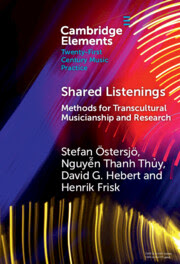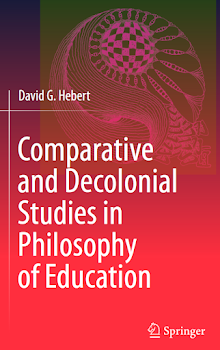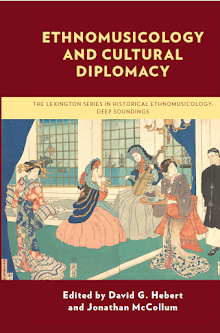It was a
great pleasure this week to give an invited lecture entitled “Language and Cultural Policy: Rethinking Music’s Significance,” for
the International Law Summit in Bergen on The
Language and Law. The law professors there, many of whom were from China,
showed great interest in the topic and had excellent suggestions.
I am now
developing a book with contributors from several countries that addresses how government
policies can effectively support the sustainability of music traditions through
various public institutions. This will most likely become part of the Deep Soundings book series
with Rowman
& Littlefield (Lexington), but I also mentioned it in my discussion
with Routledge editors who had arranged a recent meeting with me in Bergen. Although
the book is still under development, we have likely contributions from China, Vietnam,
Sweden, Poland, Guyana, Nigeria, South Africa, Ethiopia, and other countries.
Public
institutions, such as schools, universities, concert halls, museums, and
galleries - as well as memorials and protected heritage sites - play an important
role in ensuring that the arts and cultural heritage can remain viable for
future generations. This is not only a local or national concern, but a global one, as recognized by UNESCO and other organizations. However, some kinds of laws and programs certainly function
better than others, and there is a need for more robust, critical and
comparative studies in this field.
Below is a photo from my speech at the International Law Summit:
Click HERE
for a law-related article that I developed with Finnish scholar Marja Heimonen in an earlier
phase of my career, and HERE for a later article we developed.
Some of the earliest laws in Northern Europe were written in runes on stone surfaces such as this one, which I photographed last week as part of some research on Viking Age and early Medieval times:



























No comments:
Post a Comment